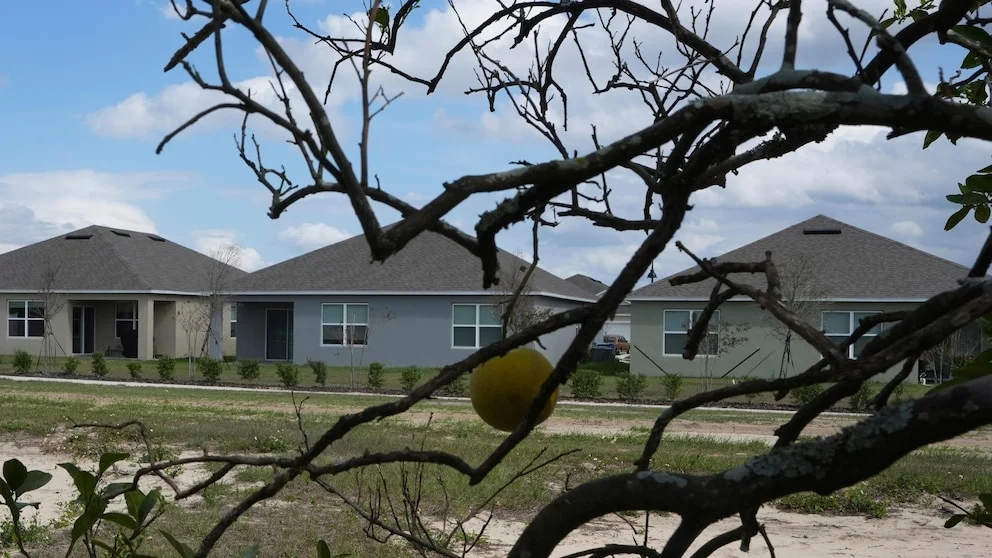
Florida’s Citrus Industry Faces Threats from Hurricanes and Disease
Florida's citrus industry is grappling with significant challenges as it faces threats from both natural disasters and diseases, according to recent reports. The state, known for its vibrant citrus production, is currently witnessing a decline in its once-thriving industry due to the impacts of hurricanes and the spread of citrus greening disease.
Hurricanes, which have become increasingly frequent and intense in recent years, have wreaked havoc on Florida's citrus groves. The storms not only destroy trees and infrastructure but also lead to prolonged periods of flooding, which can exacerbate disease spread and hinder recovery efforts. The citrus greening disease, also known as Huanglongbing (HLB), has been particularly devastating. This bacterial infection, spread by the Asian citrus psyllid, causes fruit to become bitter and unsuitable for sale, severely impacting growers' yields and profits.
In response to these challenges, Florida's citrus industry is exploring various strategies to mitigate the impacts. These include the development of more resilient citrus varieties, enhanced pest management practices, and increased investment in research to combat citrus greening. Despite these efforts, the road to recovery remains fraught with difficulties, with many growers struggling to stay afloat amidst declining production and rising costs.
The situation in Florida underscores the broader challenges faced by agricultural sectors worldwide as they navigate the impacts of climate change and disease outbreaks. As Florida's citrus industry continues to fight for survival, the outcomes of these efforts will be closely watched by other regions facing similar threats.